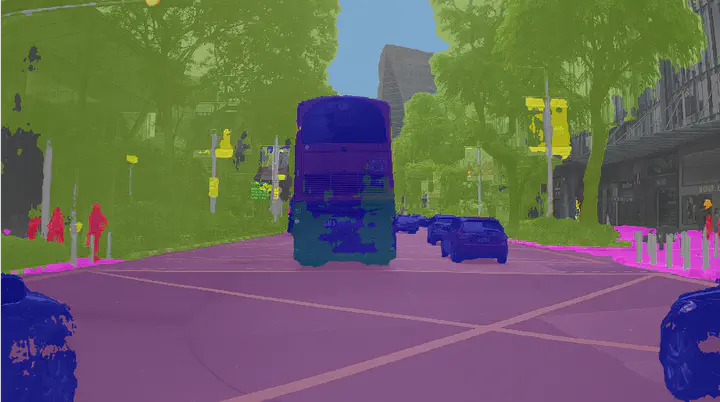 An example of street view imagery analysis
An example of street view imagery analysis
Abstract
Street view imagery has rapidly ascended as an important data source for geospatial data collection and urban analytics, deriving insights and supporting informed decisions. Such surge has been mainly catalysed by the proliferation of large-scale imagery platforms, advances in computer vision and machine learning, and availability of computing resources. We screened more than 600 recent papers to provide a comprehensive systematic review of the state of the art of how street-level imagery is currently used in studies pertaining to the built environment. The main findings are that (i) street view imagery is now clearly an entrenched component of urban analytics and GIScience; (ii) most of the research relies on data from Google Street View; and (iii) it is used across myriads of domains with numerous applications – ranging from analysing vegetation and transportation to health and socio-economic studies. A notable trend is crowdsourced street view imagery, facilitated by services such as Mapillary and KartaView, in some cases furthering geographical coverage and temporal granularity, at a permissive licence.